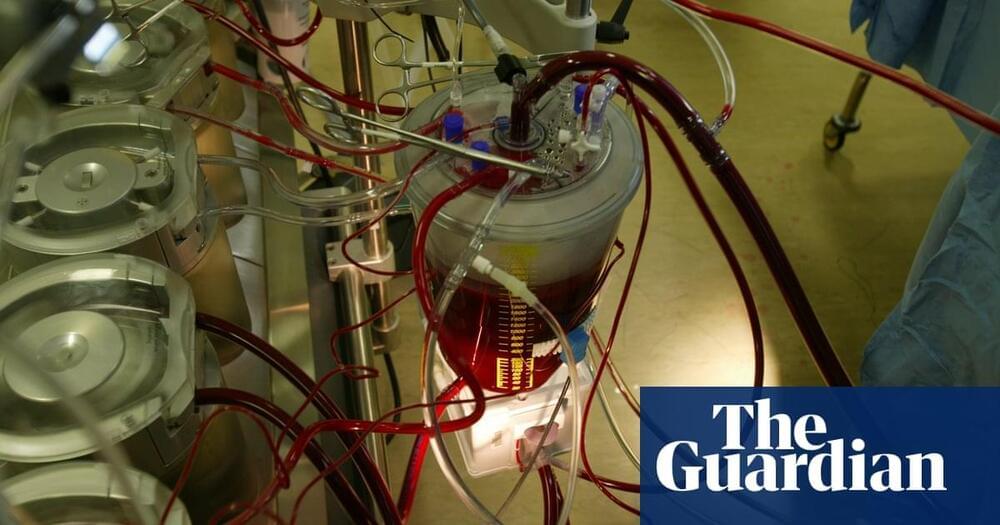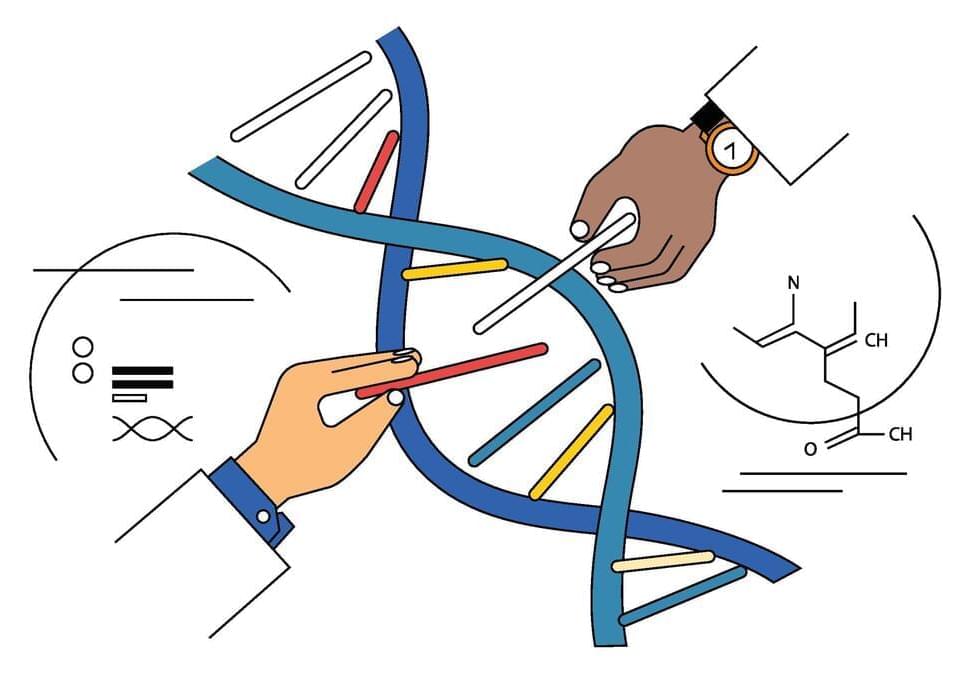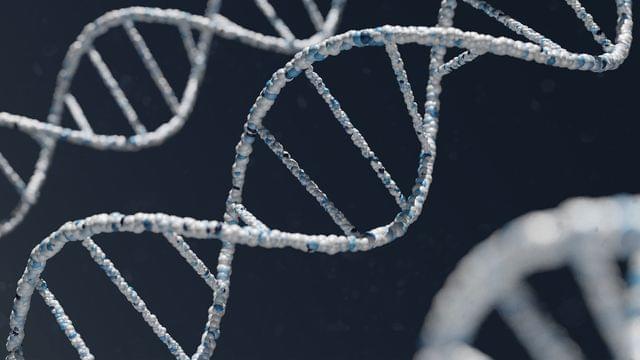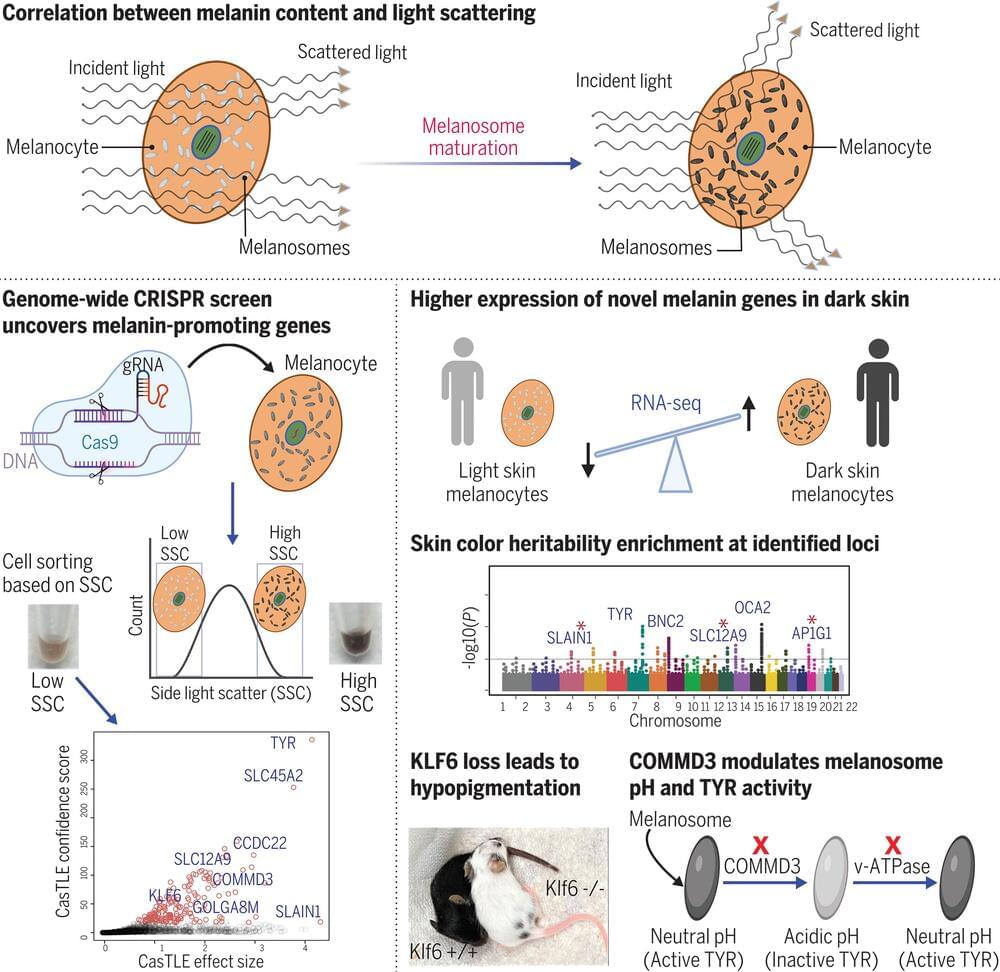After surgeons perform first womb transplant in UK, we look at other major advances through the years.



In a recent study published in the journal Frontiers in Medicine, researchers evaluated fluorescence optical imaging (FOI) as a method to accurately and rapidly diagnose rheumatic diseases of the hands.
They used machine learning algorithms to identify the minimum number of FOI features to differentiate between osteoarthritis (OA), rheumatoid arthritis (RA), and connective tissue disease (CTD). Of the 20 features identified as associated with the conditions, results indicate that reduced sets of features between five and 15 in number were sufficient to diagnose each of the diseases under study accurately.
That early experience drove his professional interest in helping people communicate.
Now, Henderson’s an author on one of two papers published Wednesday showing substantial advances toward enabling speech in people injured by stroke, accident or disease.
Although still very early in development, these so-called brain-computer interfaces are five times better than previous generations of the technology at “reading” brainwaves and translating them into synthesized speech. The successes suggest it will someday be possible to restore nearly normal communication ability to people like Henderson’s late father.
Human cells evolving in the laboratory undergo a series of predictable, sequential genetic changes that lead to pre-cancer. Blocking these changes may allow intervention before cancer occurs.
For prospective parents who are carriers of many inherited diseases, using in vitro fertilization along with genetic testing would significantly lower health care expenditures, according to researchers at Stanford Medicine.
Preimplantation genetic diagnostic testing during IVF, or PGD-IVF, is being used to screen for single-gene defect conditions such as cystic fibrosis, sickle cell disease and Tay-Sachs disease, along with nearly 400 others.
The problem is that the high cost of IVF — and the lack of coverage by all but one state Medicaid program, that of New York — makes it unavailable to millions of people at risk. The majority of private employer health benefit plans also do not cover IVF.
New research from QIMR Berghofer has found that the hormone testosterone may play an important role in the development of endometrial cancer.
The discovery raises exciting new possibilities for screening, preventing and fighting this increasingly prevalent disease.
Endometrial cancer is the fourth most common cancer in Australian women and its incidence is rising. Yet treatment options are limited, with a hysterectomy often the first line of defense.

This story is part of a series on the current progression in Regenerative Medicine. In 1999, I defined regenerative medicine as the collection of interventions that restore to normal function tissues and organs that have been damaged by disease, injured by trauma, or worn by time. I include a full spectrum of chemical, gene, and protein-based medicines, cell-based therapies, and biomechanical interventions that achieve that goal.
As part of a trio of stories on advances in stem cell gene therapy, this piece discusses how to alter blood stem cells using mRNA technology. Previous installments describe how the same platform could reinvent how we prepare patients for bone marrow transplants and correct pathogenic DNA.
At present, the only way to cure genetic blood disorders such as sickle cell anemia and thalassemia is to reset the immune system with a stem cell transplantation. Only a fraction of patients elects this procedure, as the process is fraught with significant risks, including toxicity and transplant rejection. A preclinical study published in Science explores a solution that may be less toxic yet equally effective: mRNA technology. The cell culture and mouse model experiments offer a compelling avenue for future research to enhance or replace current stem cell transplantations altogether.

In a groundbreaking endeavor, researchers at the University of Rochester have successfully transferred a longevity gene from naked mole rats to mice, resulting in improved health and an extension of the mouse’s lifespan.
Naked mole rats, known for their long lifespans and exceptional resistance to age-related diseases, have long captured the attention of the scientific community. By introducing a specific gene responsible for enhanced cellular repair and protection into mice, the Rochester researchers have opened exciting possibilities for unlocking the secrets of aging and extending human lifespan.
“Our study provides a proof of principle that unique longevity mechanisms that evolved in long-lived mammalian species can be exported to improve the lifespans of other mammals,” says Vera Gorbunova, the Doris Johns Cherry Professor of biology and medicine at Rochester. Gorbunova, along with Andrei Seluanov, a professor of biology, and their colleagues, report in a study published in Nature that they successfully transferred a gene responsible for making high molecular weight hyaluronic acid (HMW-HA) from a naked mole rat to mice. This led to improved health and an approximate 4.4 percent increase in median lifespan for the mice.

A team of geneticists and systems biologists at Stanford University has associated 169 genes that with the production of melanin in the skin, hair and eyes. In their study, reported in the journal Science, the group conducted a flow cytometry analysis and genome-wide CRISPR screen of cell samples.
Prior research has shown that the production and distribution of melanin in the body is responsible for skin tone, hair color and eye pigmentation. Such characteristics are important for more than appearance’s sake; skin with more melanin, for example, is better able to protect against ultraviolet radiation. In this new effort, the researchers noted that while many of the genes responsible for melanin production have been identified, many more have not.
The researchers began with an effort to differentiate high and low melanin melanocytes—the cells that make melanin. They used the light-reflecting properties of melanin to sort cells in a lab dish by aiming a fluorescent lamp at them. Once they had the cells sorted, they edited them using CRISPR-Cas9. Genes were systematically mutated to switch them off and then tested to see how well the cell continued to produce melanin.

A map of all chemicals that places compounds with similar properties next to each other could speed up the process of discovery for everything from drugs to materials.